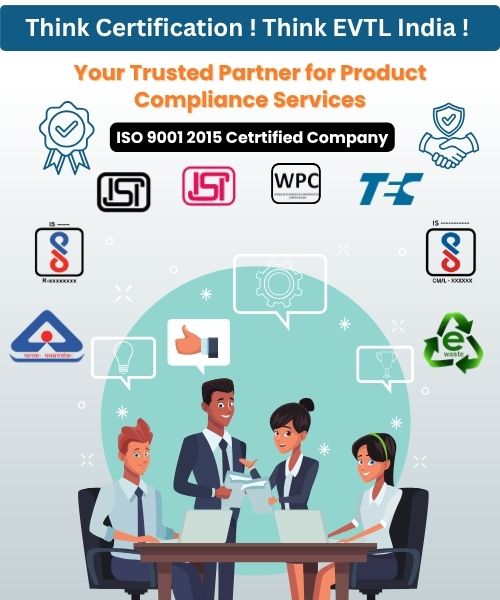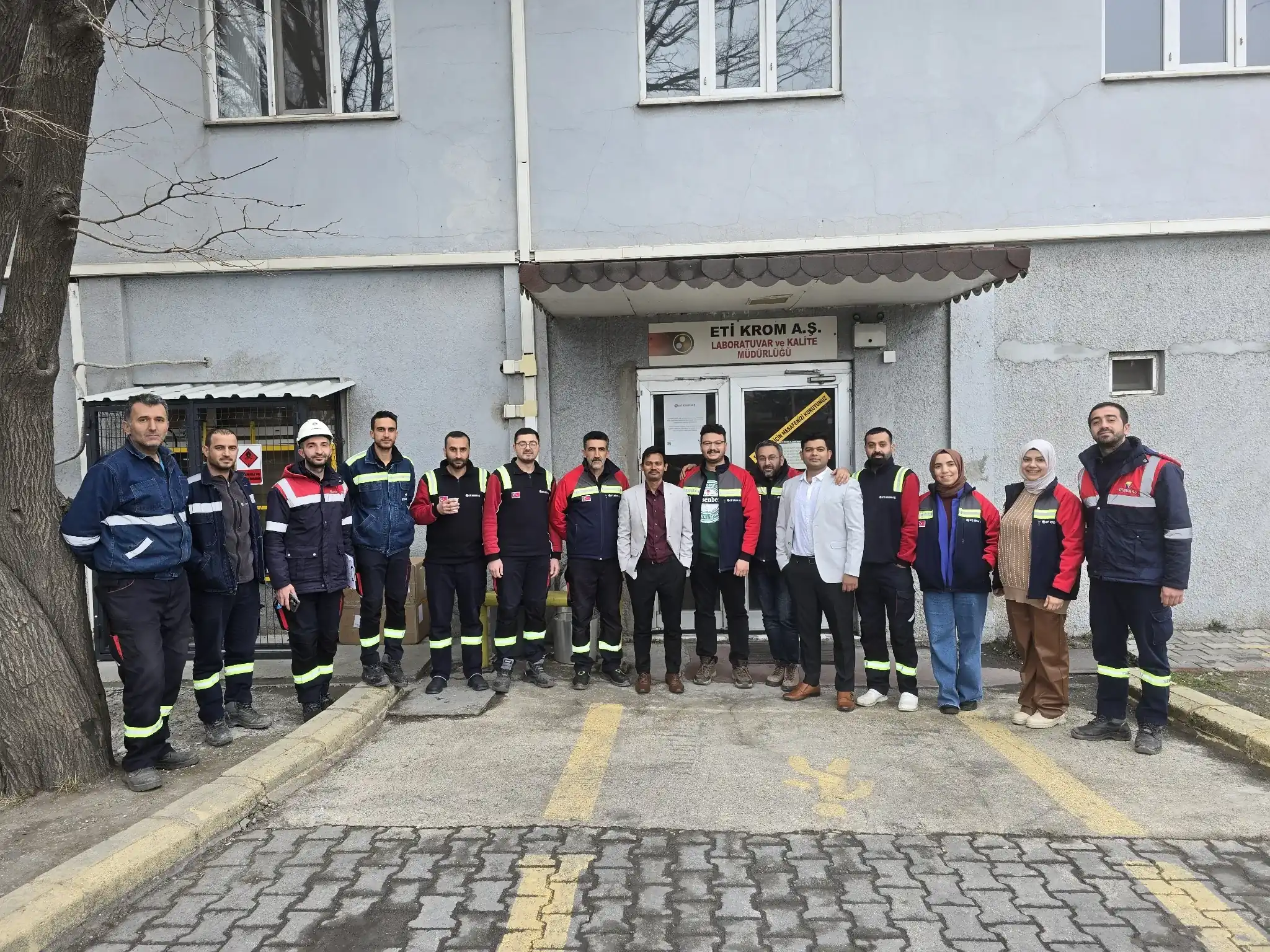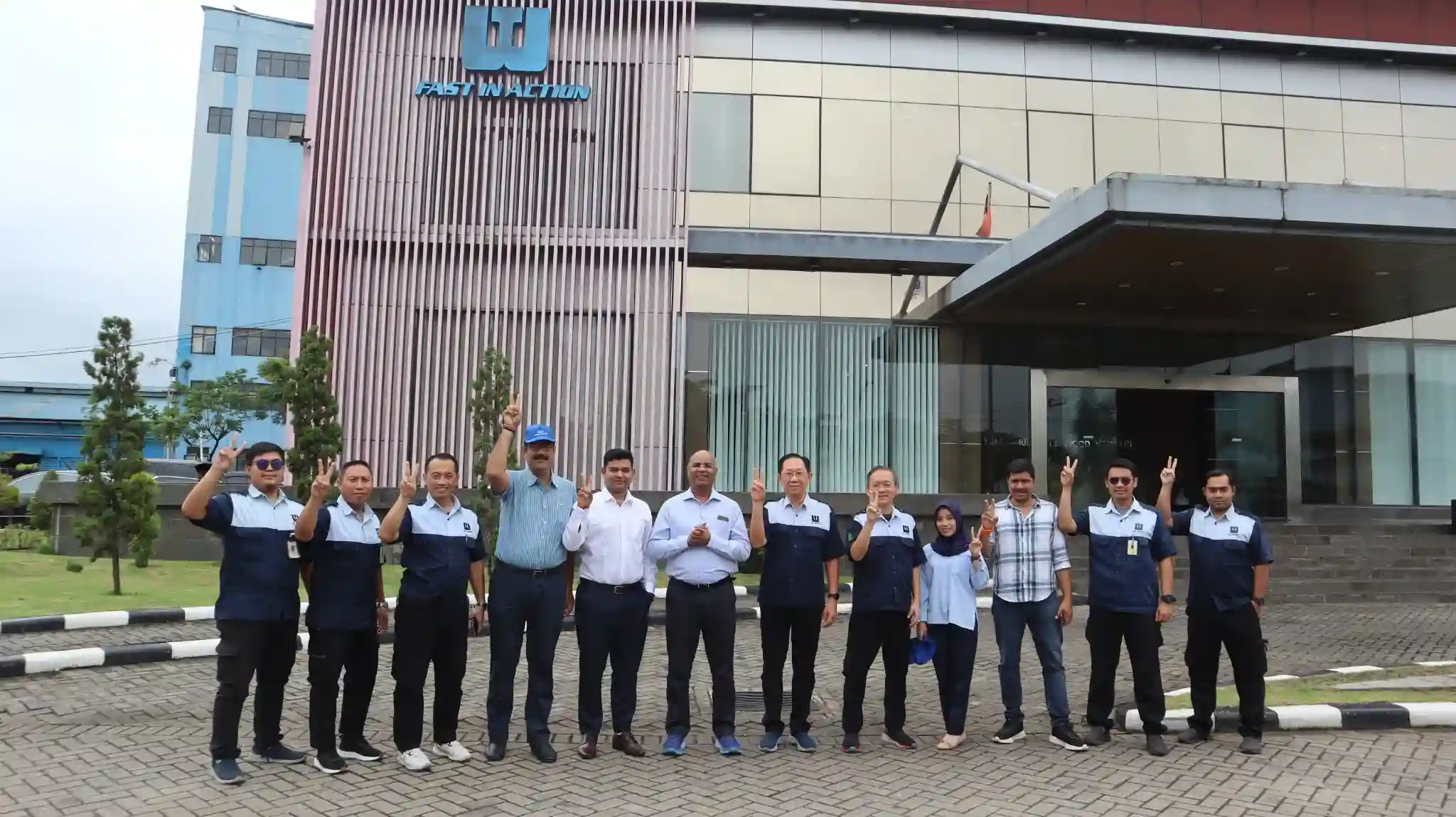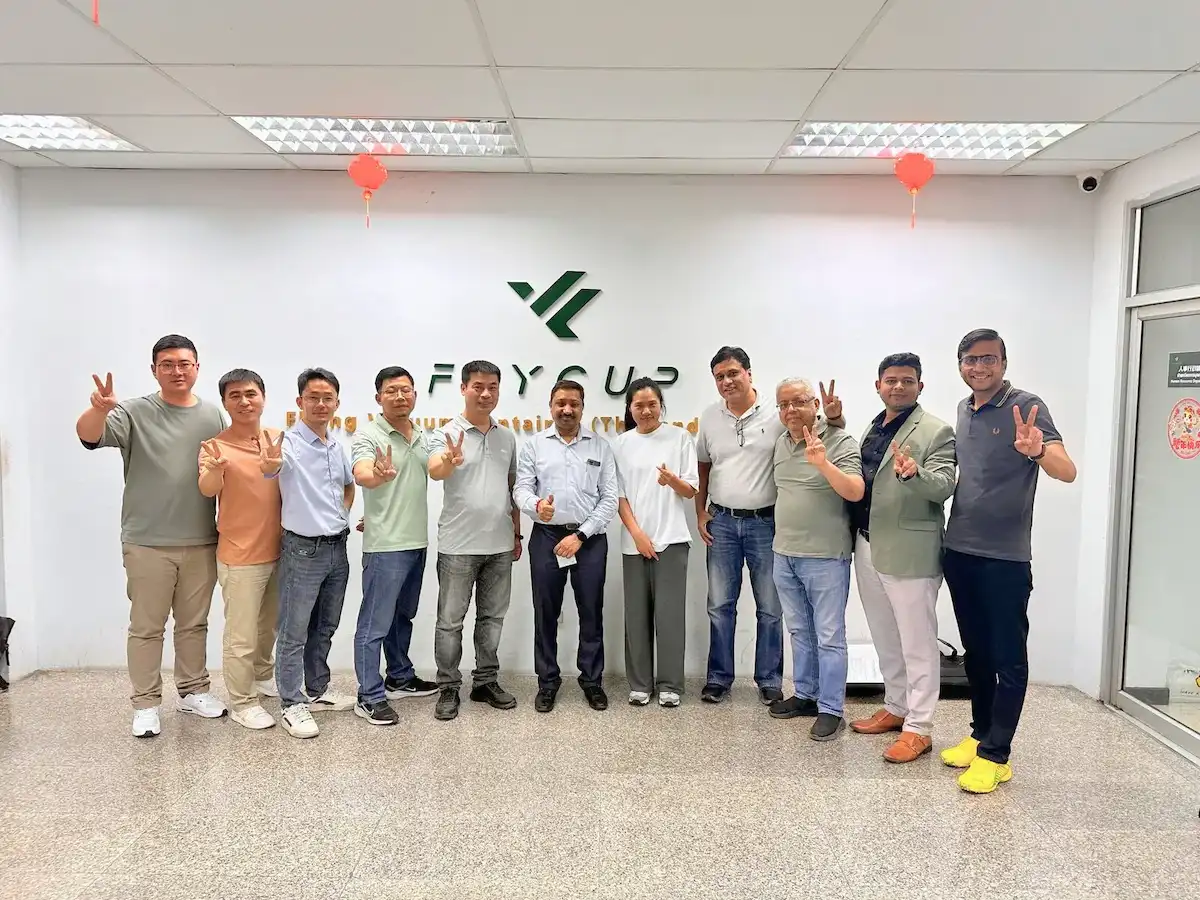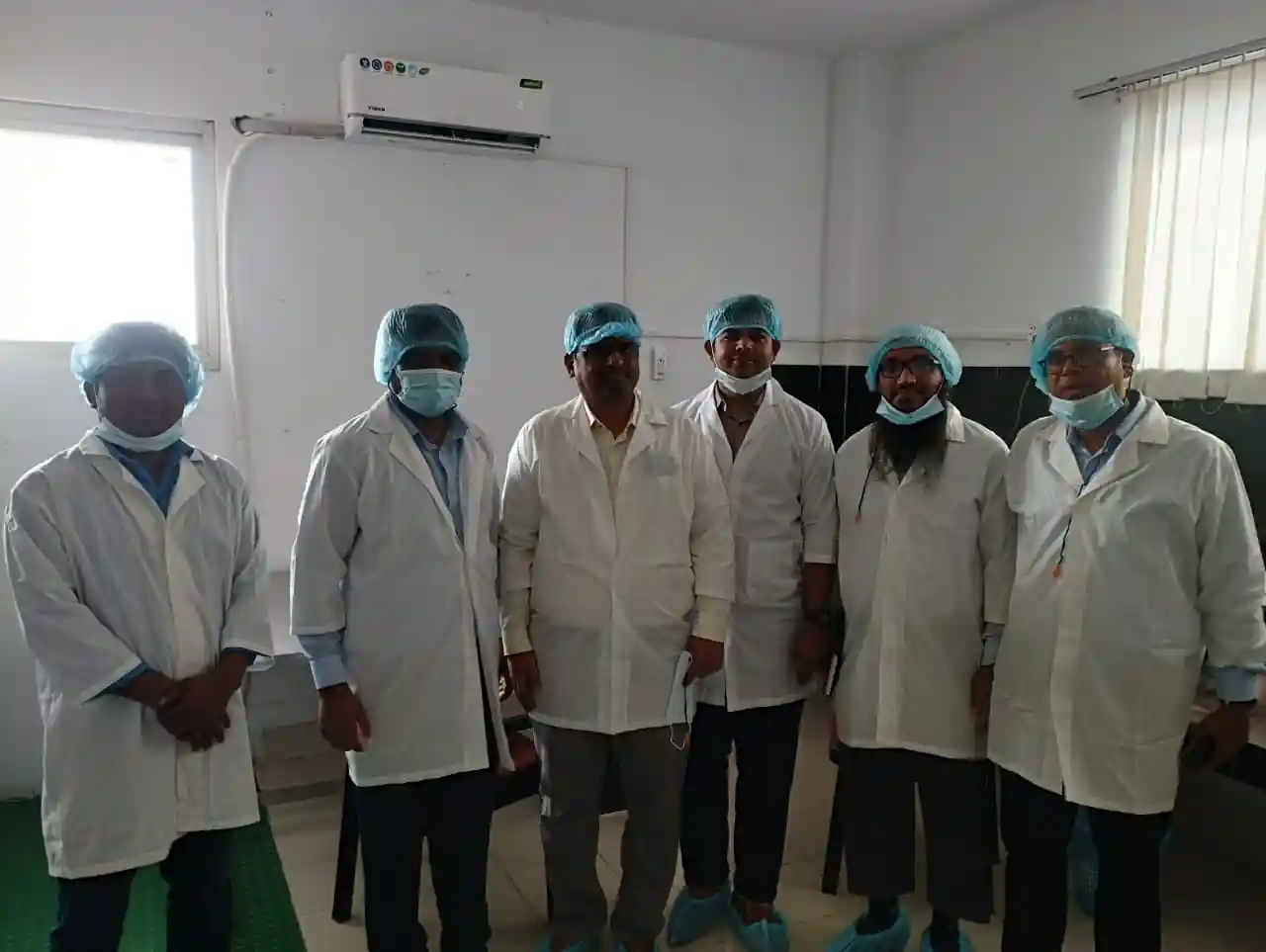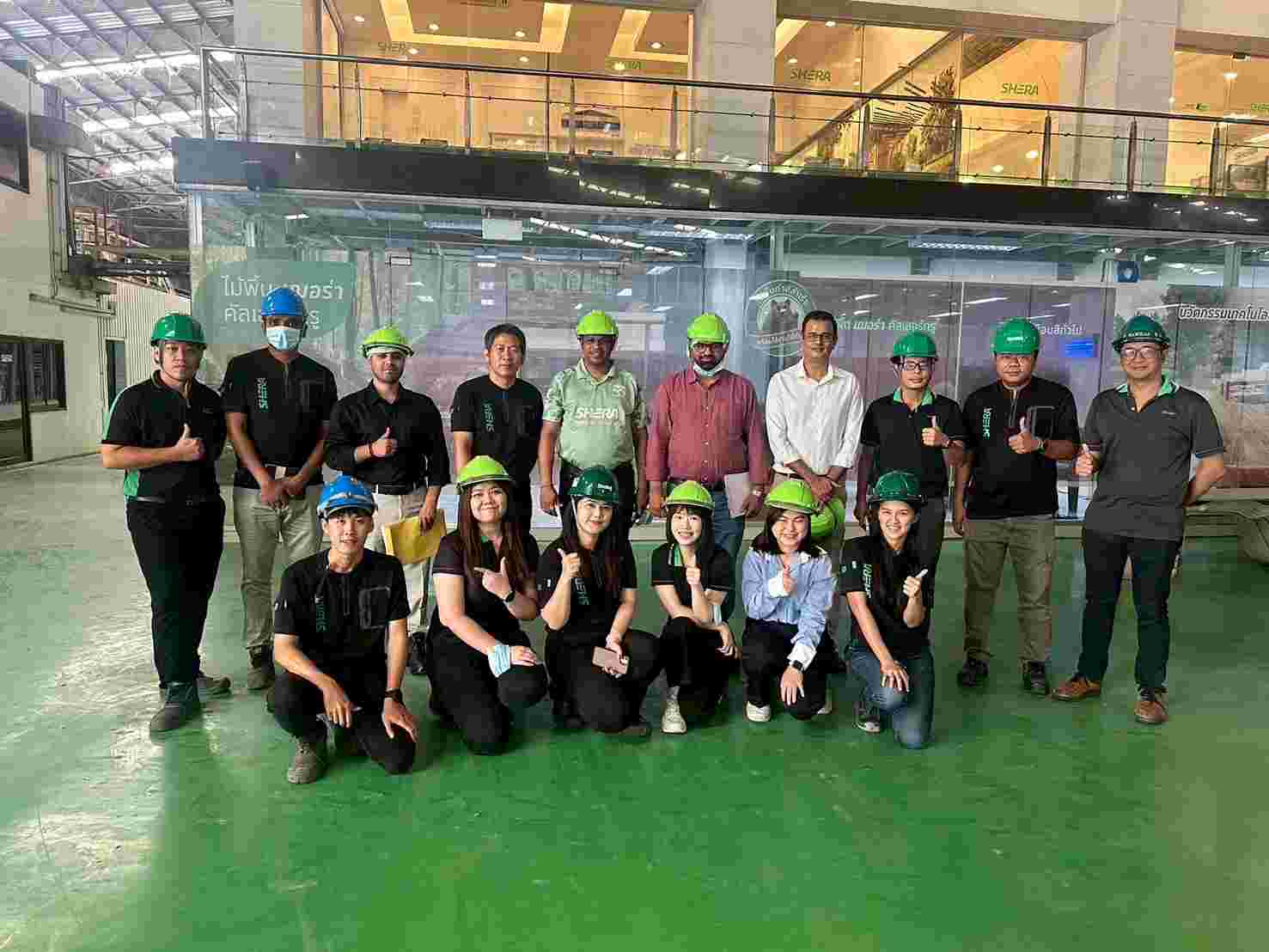Get A Quote
BIS Certification for Plasma, LCD, and LED Televisions of Size up to 32 Inches IS 616: 2017

With rapid advancements in display technology, televisions have become an essential part of modern entertainment. Whether it's plasma, LCD, or LED televisions, ensuring their safety, quality, and reliability is crucial. In India, compliance with BIS CRS for plasma, LCD, and LED televisions is mandatory to meet regulatory standards and protect consumers from electrical hazards.
The Bureau of Indian Standards (BIS),
under the Compulsory Registration Scheme (CRS), mandates that all
televisions up to 32 inches must adhere to Indian Standard IS 616:2017.
This certification not only ensures product safety but also boosts consumer
confidence and facilitates market access for manufacturers.
Introduction to CRS
Certification for Televisions IS 616:2017
BIS registration for plasma, LCD, and LED televisions is a mandatory process that verifies compliance with Indian Standard IS 616:2017. This standard outlines essential safety and performance requirements for televisions up to 32 inches, ensuring they operate efficiently while minimizing electrical risks such as shocks and overheating. CRS certification is essential for manufacturers looking to sell their products in India, as it guarantees adherence to national safety and quality benchmarks.
Why is CRS Certification Necessary for Televisions?
CRS certification is vital for televisions for several reasons.
- Consumer Safety: BIS certification ensures that televisions meet strict safety standards, reducing risks related to electrical shocks, fires, and overheating.
- Regulatory Compliance: Manufacturers must comply with BIS CRS for plasma, LCD, and LED televisions to legally sell their products in India. Non-compliance can result in penalties and market restrictions.
- Enhanced Product Reliability: Certified televisions undergo rigorous testing to confirm their durability, energy efficiency, and overall performance, assuring consumers of their quality.
- Market Access and Consumer Trust: Obtaining BIS registration for plasma, LCD, and LED televisions enhances brand credibility, making it easier for manufacturers to gain consumer trust and expand in the Indian market.
Overview of Indian Standard IS 616:2017 for Televisions
The Indian Standard for plasma, LCD, and LED televisions, IS 616:2017, defines essential safety and performance criteria for televisions up to 32 inches. The standard covers various aspects, including:
Electrical Safety: Ensuring insulation resistance and protection against electric shocks.
Thermal Safety: Evaluating heat management to prevent overheating.
Performance Testing: Assessing picture quality, sound output, and energy efficiency.
Electromagnetic Compatibility (EMC): Ensuring televisions do not interfere with other electronic devices.
Environmental Testing: Checking durability under varying temperature and humidity conditions.
By complying with Indian Standard IS 616:2017, manufacturers demonstrate their commitment to producing high-quality and safe televisions.
BIS Registration Process for Televisions
The BIS registration process differs slightly for domestic and foreign manufacturers but broadly follows these steps:
For Foreign Manufacturers:
- Nominate an Indian Representative: A foreign manufacturer must appoint an Indian Representative with a valid business presence in India to handle the registration process.
- Online Application Submission: The representative submits an application via the BIS portal, ensuring all details are accurate.
- Sample Testing: Televisions samples are tested in a BIS-approved laboratory for compliance with IS 616:2017.
- Submit Complete Application: The application, along with test reports and required documents, is submitted online or in hard copy.
- BIS Verification: The BIS reviews documents and may conduct factory inspections.
- Grant of License: Upon successful verification, the BIS grants a license, allowing the use of the CRS mark.
For Domestic Manufacturers:
- Submit Online Application: Domestic manufacturers directly apply on the BIS portal to begin the registration process.
- Sample Testing: Like foreign manufacturers, samples are tested at a BIS-recognized lab.
- Submit Application: A complete application, including test reports, is submitted to the BIS.
- Verification: The BIS reviews documents and may inspect the manufacturing facility.
- License Grant: After successful verification, the BIS issues a license for using the CRS mark.
Documents Required for BIS Certification
Below is a comprehensive checklist of documents needed for BIS registration:
General Documents:
● Filled CDF/CCL forms.
● BIS application form.
● Business License (original + English translation).
● Scope of Business License (original + English translation).
● ISO Certification of the manufacturing unit.
● Product marking label details.
Additional Documents for Foreign Manufacturers:
● Authorization letter (if the signatory isn’t the manufacturing head).
● Trademark certificate.
● Indian Representative's registration proof.
● Photo ID of the authorized representative.
Technical Documents:
● User manual or technical specification sheet.
● Test reports from BIS-approved laboratories.
Benefits of BIS CRS for Sealed Secondary Batteries
- Improved Consumer Confidence: The CRS mark assures customers of the product's safety and compliance.
- Regulatory Compliance: Aligns with Indian safety laws, ensuring hassle-free market entry.
- Global Credibility: Helps manufacturers gain a competitive edge by meeting international safety standards.
- Simplified Imports: Certified products face fewer hurdles during customs clearance in India.
Conclusion
Navigating BIS CRS for plasma, LCD, and LED televisions can be challenging, but expert assistance can simplify the process. At EVTL India, we specialize in regulatory compliance, ensuring your televisions meet the strict standards of Indian Standard IS 616:2017. Our services include document preparation, coordination with BIS-recognized labs, and complete application management. By partnering with us, manufacturers can ensure a hassle-free registration process, secure market entry, and build consumer trust in their products.
With BIS registration for plasma, LCD, and LED televisions, manufacturers not only comply with Indian regulations but also gain a competitive edge by delivering safe and high-quality products. Secure your BIS CRS certification today and expand your reach in the Indian market with confidence!
Free Call Back
Latest News & Update
🚀 Breaking News: New software update available for all users!
💡 Latest Feature: Introducing AI-powered automation tools.
📅 Upcoming Event: Join us for the webinar on September 30th.
🕒 Support Hours: Expanded customer support hours next week.
⚙️ Tech Tip: Learn how to maximize productivity with our latest tools.
Why Choose EVTL INDIA
Expertise in Indian Regulatory Standards
End-to-End Support
Trusted by Top Indian & Global Brands
Fast Processing & Transparent Pricing
Strong Liaison with Indian Authorities
Company Profile